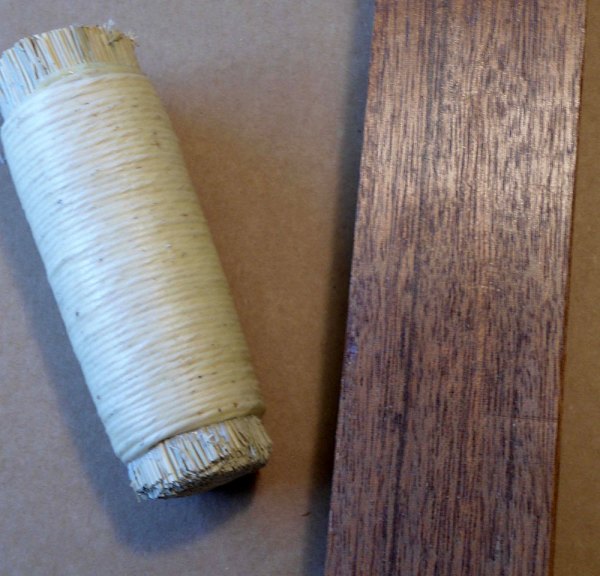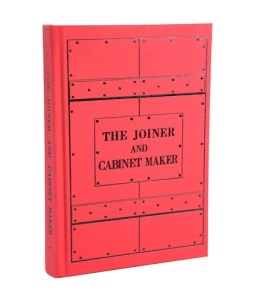One of the first curiosities encountered in Andre Roubo’s discussion of the finishing component of fine furniture making is this weird whisk broom in Plate 296, Figures 8 & 9. On one hand it makes sense: The finishing room and the workpiece must be kept clean and tidy for work to proceed skillfully and flawlessly. But you have to admit that is a weird looking whisk broom.
Of course it isn’t a whisk broom.
It is instead a tool that was completely unknown to me at the start of this project: a corn straw burnisher. Roubo offers fewer than 100 words describing the tool and its use. Yet that tool has fundamentally changed the way I work. As the last tool to touch the surface prior to the application of finish, or in some instances the tool that actually applies the finish, vigorously scouring the surface with it imparts a radiance to the substrate that cannot be adequately described, it must be experienced.
At the opening of the “finishing” section of the chapter I inserted the following commentary.
In the English language craft lexicon, the word “polish” can mean three distinct processes. First is the smoothing of the surface with scrapers and abrasives. In the time of Roubo, these abrasives would include sandpaper and shagreen (sharkskin or ray skin) pumice, or vegetable reeds and fibers. The second usage of the word “polish” involves the application of a resinous varnish or some other film forming “finish” applied to the prepared surface. Finally comes the application of a maintenance coating such as wax furniture polish or something similar whose purpose is to impart a degree of high gloss, usually temporary. In addition Roubo uses the word “polisher” to mean a variety of tools, including abrasives, burnishers, and applicators. Since Roubo is not explicit in his syntax, I will attempt to distinguish amongst these many concepts in the edited translation and make the distinction readily apparent to the reader.
This obscure, rude little tool fits all three descriptions, and it has made me a better finisher. I have found it so valuable that I have made several (the process is described in detail in “To Make As Perfectly As Possible – Roubo on Marquetry”), and have recently found a craft broom-maker with whom I am working to make as many as I or anyone else wants.
Whenever I show it to a fellow craftsman and demonstrate, as I did during one of the Dinners With Roubo at WIA, light bulbs go off. My students have shown me the results of their work using it. Unanimously they declare it was a missing link, a tool to bring their finishing to perfection.
It will make you a better finisher, too.
— Don Williams








